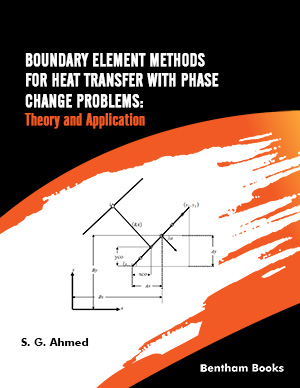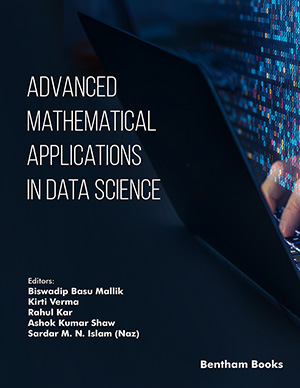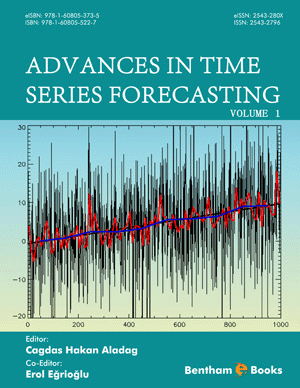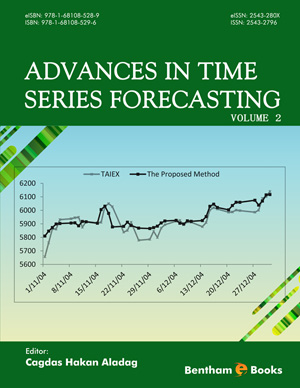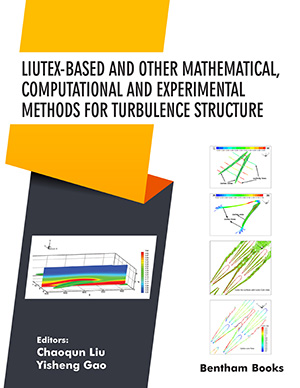Abstract
UNI-DEM (the Unified Danish Eulerian Model) is a large-scale environmental model designed to study the transport of pollutants in Europe and the levels of pollution in different European areas. It is described mathematically by a system of partial differential equations. The discretization of the derivatives leads to huge computational tasks (involving the solution of systems containing many millions of equations), which have to be handled during many thousands of time-steps. Furthermore, long sequences of runs with different scenarios have often to be carried out. The application of different splitting procedures is very useful in the efforts to resolve successfully the extremely difficult computational tasks, because it allows us to;
(a) decompose the original huge problem into a series of small problems,
(b) select the most suitable numerical methods to every class of the involved small problems and
(c) facilitate the utilization of various techniques for parallel computations.
In many cases, the splitting procedures provide the only means for overcoming the computational difficulties related to the particular study that is to be performed by the model.
Keywords: Air pollution models, Systems of partial differential equations, Splitting, Parallel computations, Applications, Large-scale, efficiency, high-speed computer architecture, model implementation, fine grid, numerical error, emission data, meteorological data, chemical reactions, Unified Danish Eulerian Model (UNIDEM), horizontal transport, horizontal diffusion, dry and wet depositions, vertical transport.



